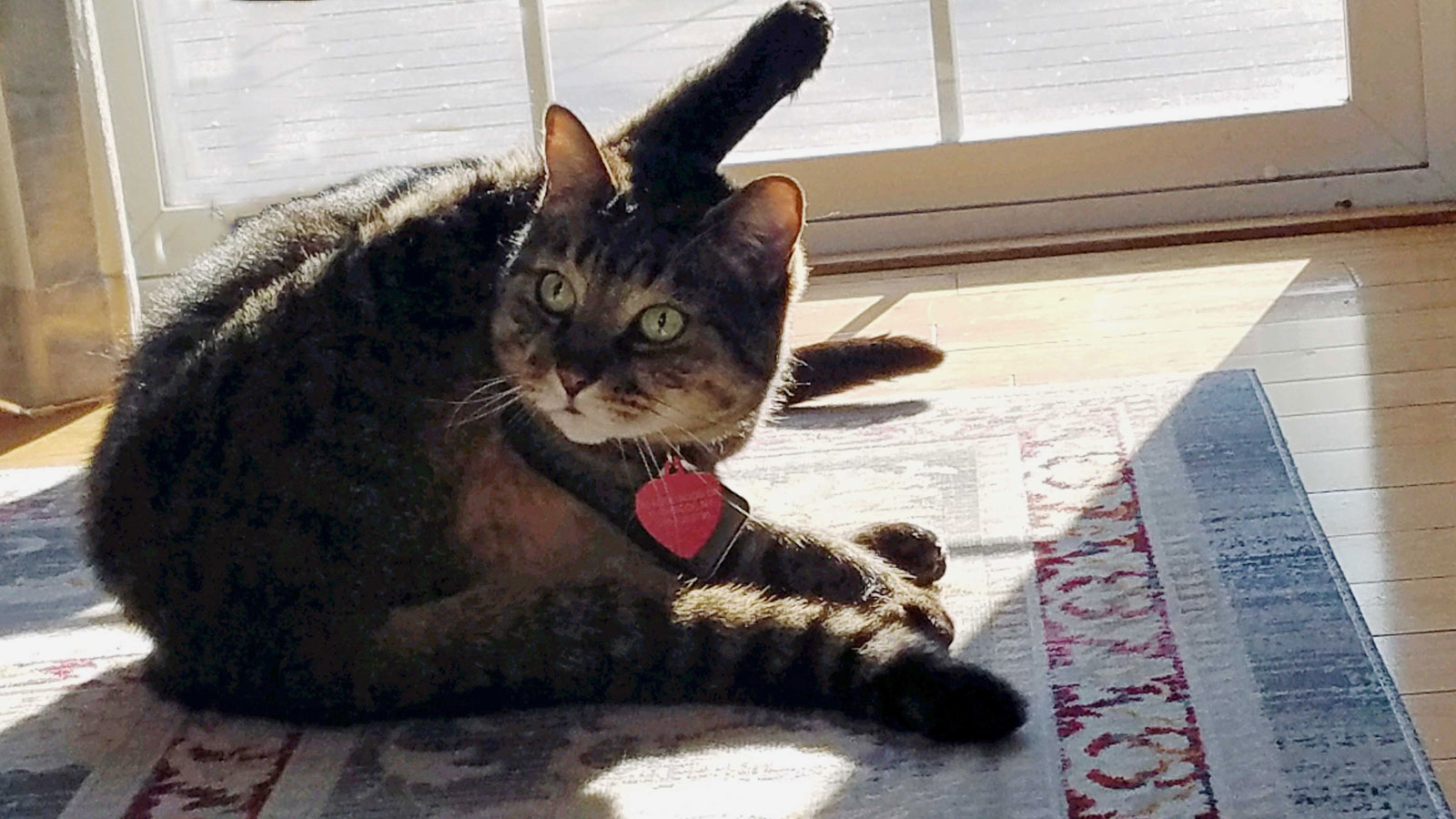Here’s a current topic you might want to add to the Development chapter of your psych text for students to consider: do dogs and cats get attached to their owners? We certainly get attached to them. You might begin by asking student dog owners how they know their dog is attached to them. What kinds of behaviors indicate this?
Now ask that question of your student cat owners. Cats in general aren’t nearly as sociable as dogs. How could we do a study to find out if, despite their aloofness, a cat was attached to its owner?
What kind of attachment might a cat have for its owner?
A study published in the September issue of Current Biology showed how, when researchers put cats and their owners in a strange room and then asked the owner to leave, cats displayed secure, ambivalent and avoidant attachment behaviors. The video below shows examples of these styles of attachment.
Students of psychology have no doubt read about Harry Harlow’s attachment studies with rhesus monkeys (when frightened, rhesus infants preferred to cling to “mothers†made of cloth rather than ones made of wire but offered milk). Psychologist Mary Ainsworth continued the research on attachment and gave us the idea of “stranger anxiety†as well as four types of infant attachment:
- Secure
- Avoidant
- Resistant
- Disorganized/disoriented
Discussion Questions
- Why do your students think some cats get attached to their owners while others don’t?
- Behaviorists would have an alternate explanation: instead of a referring to a vague internal emotion like “feeling attached”, they’d just say that cats approach owners who regularly provide them with positive reinforcement (e.g. food and petting). No need to refer to internal states. How many of your students prefer this explanation?
Resources




